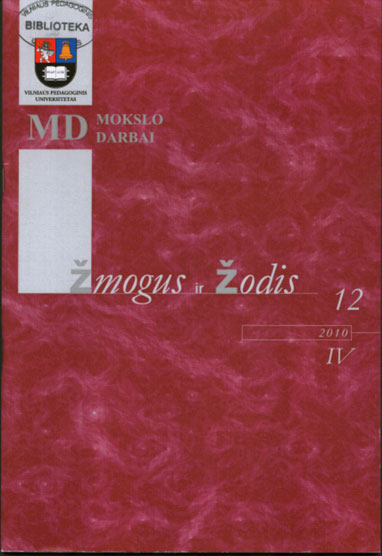„Intencionali klaida“ meno kūrinio interpretacijoje
"The Intentional Fallacy" in the Interpretation of Artworks
Author(s): Edita BudrytėSubject(s): Language and Literature Studies
Published by: Vytauto Didžiojo Universitetas
Keywords: intentionalism; anti-intentionalism, semantic autonomy; author`s intentions; interpretation.
Summary/Abstract: The expression „The Intentional Fallacy“ was coined by the literary critic William K. Wimsatt and the philosopher Monroe C. Beardsley in a jointly authored article with that title, published in 1946. Wimsatt and Beardsley claimed that it is fallacious to base an interpretation of a work of art on the author`s intentions. A central tenet of intentionalism is that the correct interpretation of a text is the meaning of the text that is compatible with the author`s intentions. The paper shows how the debate between anti-intentionalists and intentionalists raises an important problem of semantic autonomy. In the issue the article attempts to reveal the anti-intentional tendency in Iser`s and Ricoeur`s hermeneutics. The debate over the intentional fallacy has spread to wider issues about the role of the author in art criticism. The anti-intentionalist, in principle, treats an author`s own interpretation of a text as one among others, itself calling for textual justification.
Journal: Žmogus ir žodis
- Issue Year: 12/2010
- Issue No: 4
- Page Range: 53-59
- Page Count: 7
- Language: Lithuanian

